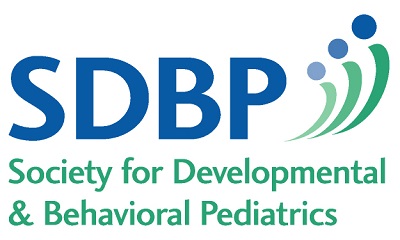The Society for Developmental and Behavioral Pediatrics has developed this practice guideline to facilitate integrated, interprofessional assessment and treatment of children and adolescents with “complex ADHD.”
“Complex ADHD” is defined as ADHD co-occurring with one or more learning, neurodevelopmental, or psychiatric disorders. Approximately 60% of children diagnosed with ADHD fit into the complex category, and these are the first guidelines to address this population in a systematic and evidence-based manner.
This guideline consists of five evidence-based key action statements that support clinicians in their assessment of ADHD, evaluation of coexisting conditions, implementation of behavioral and educational interventions, consideration of pharmacologic treatment, and recognition of ADHD as a chronic condition.
A complementary section of the guideline contains process-of-care algorithms for managing the most common conditions that coexist with ADHD, including, autism spectrum disorder, tic disorders, substance use disorders, anxiety, depression, disruptive behavior disorders; and the special consideration of preschoolers with complex ADHD.
Access the Full Guidelines (Journal of Developmental & Behavioral Pediatrics website)
Access the Process-of-Care Algorithms (Journal of Developmental & Behavioral Pediatrics website)
Complex ADHD Guideline Companion Documents
Executive Summary
Key Action Statement Summaries - coming soon
GUIDELINE Talking points, Toolkit, Resources (members only)
Media
Press Release
Online Educational Package
Increase you knowledge of Complex ADHD!
SDBP - Intro video
JDBP - promotional video
The SDBP Clinical Practice Guideline for the Assessment and Treatment of Children and Adolescents with Complex ADHD is endorsed by the following organizations:
Child Neurology Society
National Center for Learning Disabilities (NCLD)
Children and Adults with Attention-Deficit/Hyperactivity Disorder (CHADD)
Society of Pediatric Psychology (Division 54 of the APA)
